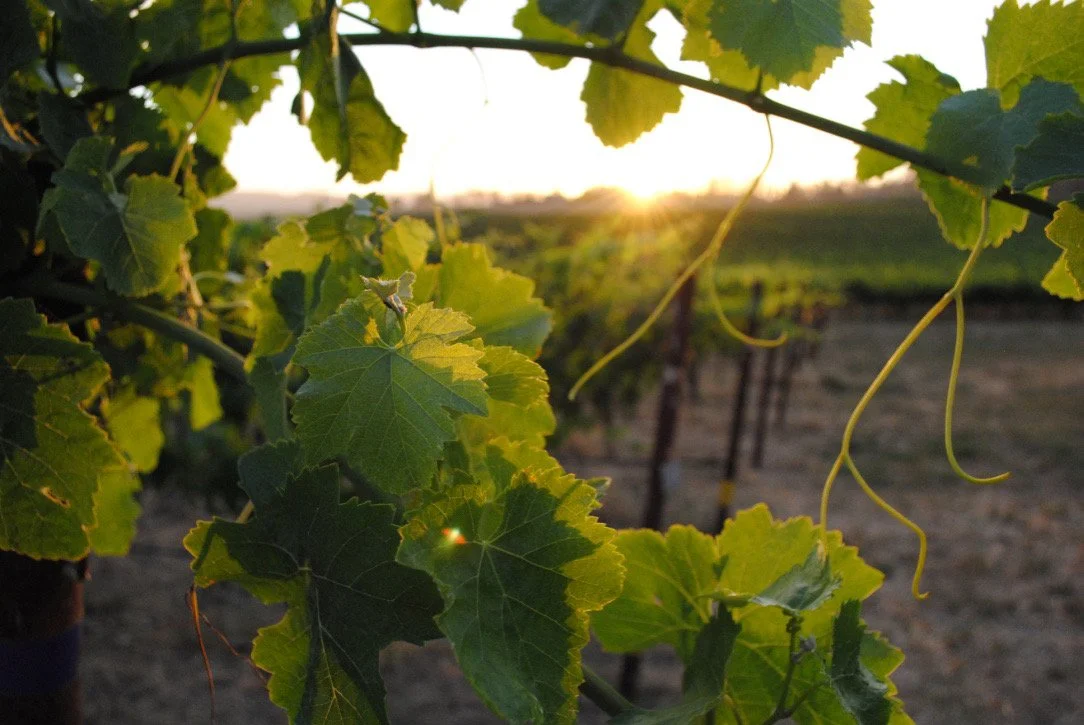Griffin’s Lair Vineyard
We have had a long history and journey with Griffin’s Lair, relatively speaking of course. There have been more harvests in my winemaking career working with fruit from Griffin’s Lair than not.
Griffin’s Lair was planted in 1999 by Joan and Jim Griffin at their tiny ranch just off Lakeville Highway. It was originally planted to roughly 75% Pinot Noir and 25% Syrah (Noir, 470, Alban, and 877 clones) with a couple of rows of Viognier framing the Syrah block. The vineyard sits just five miles above San Pablo Bay at the southern end of the Petaluma Gap, an elbow-shaped valley that essentially acts as a wind tunnel from the coast.
What’s unique about the Gap is that the hottest part of each day is usually between 11 AM and noon. Dense, dripping fog from the Petaluma River and San Pablo Bay nestles itself right along Lakeville and Highway 37 each morning. By the time the sun has had a chance to burn off that fog by midday, the temperature differential between Griffin’s and the coast reaches a point where it begins to suck that cold air inland, creating said wind tunnel and dropping the afternoon temperature.
It is because of this wind that we are able to see longer fruit hang time and sugar ripeness more aligned with physiological ripeness. Sugar accumulation happens as a byproduct of photosynthesis, which can only happen when tiny openings on the underside of leaves called stomata are open. Stomata are the gates by which carbon dioxide, an essential substrate of photosynthesis, enters the plant. Excessive winds actually force the stomata to close, blocking the gas exchange and essentially halting all photosynthetic activity in the early afternoon most days at Griffin’s Lair. Less photosynthesis happening each day means sugar accumulating at a more gradual pace, which means more hang time for the fruit, which means greater flavor development in the skins of the berries. Et voila, the magic of Griffin’s Lair and the Petaluma Gap.
In 2018, Susan Colb and her family took over as stewards of Griffin’s Lair. They originally planted vineyards on their family ranch in Chile in the mid 1990s under the watchful eyes of Ann Kraemer and Byron Kosuge, the very same duo that would help Joan and Jim plant Griffin’s Lair just a few years later. Serendipity! We look forward to the future of Griffin’s Lair and continuing our relationship with such a staggering site.
















